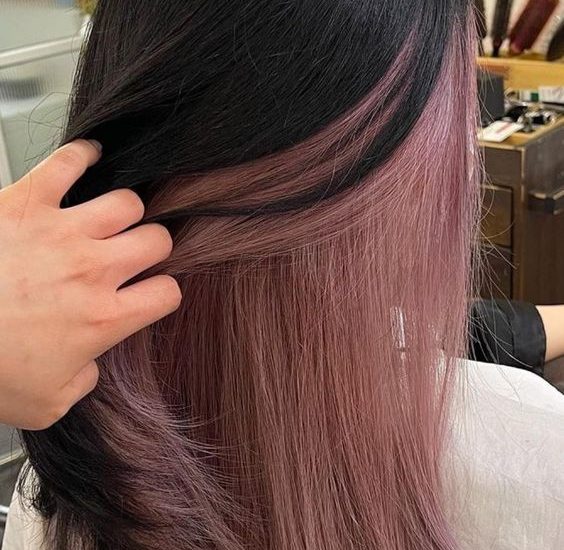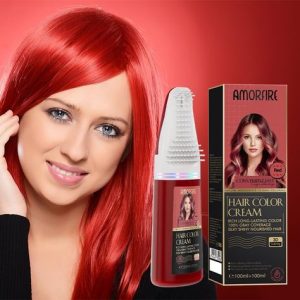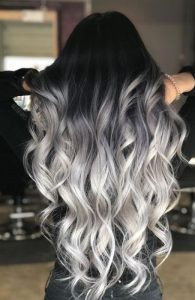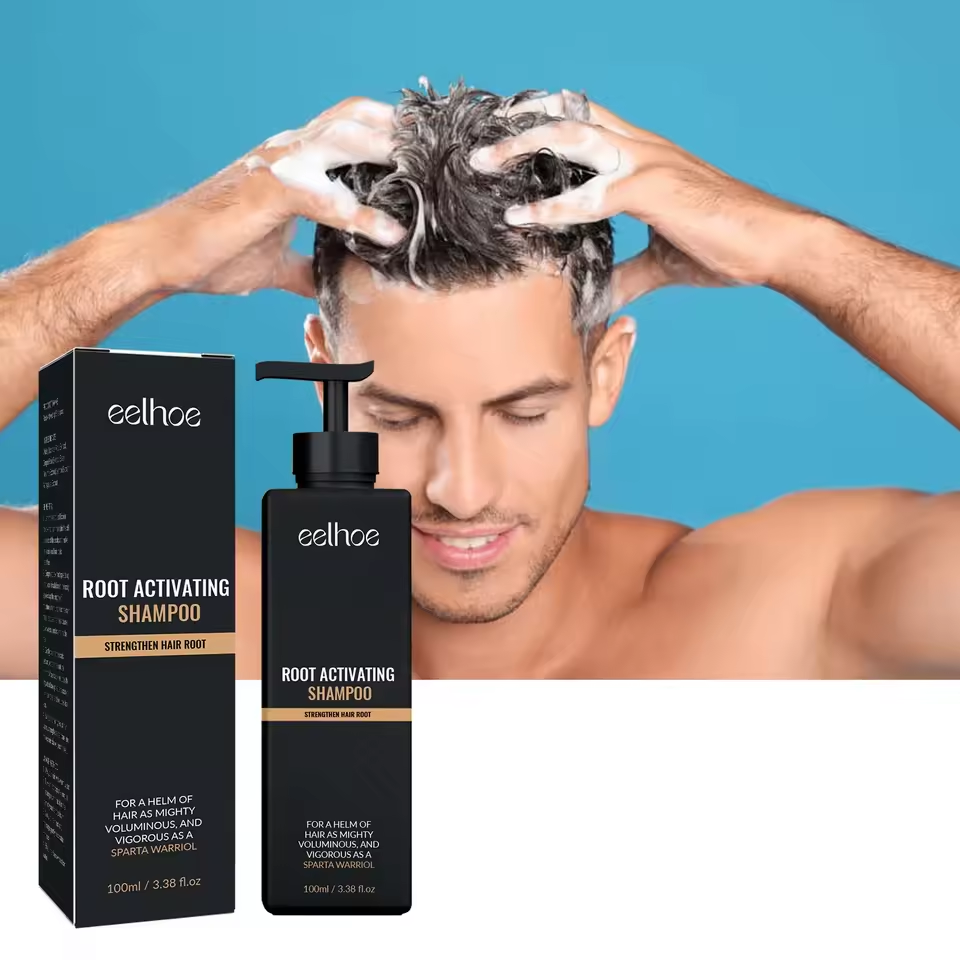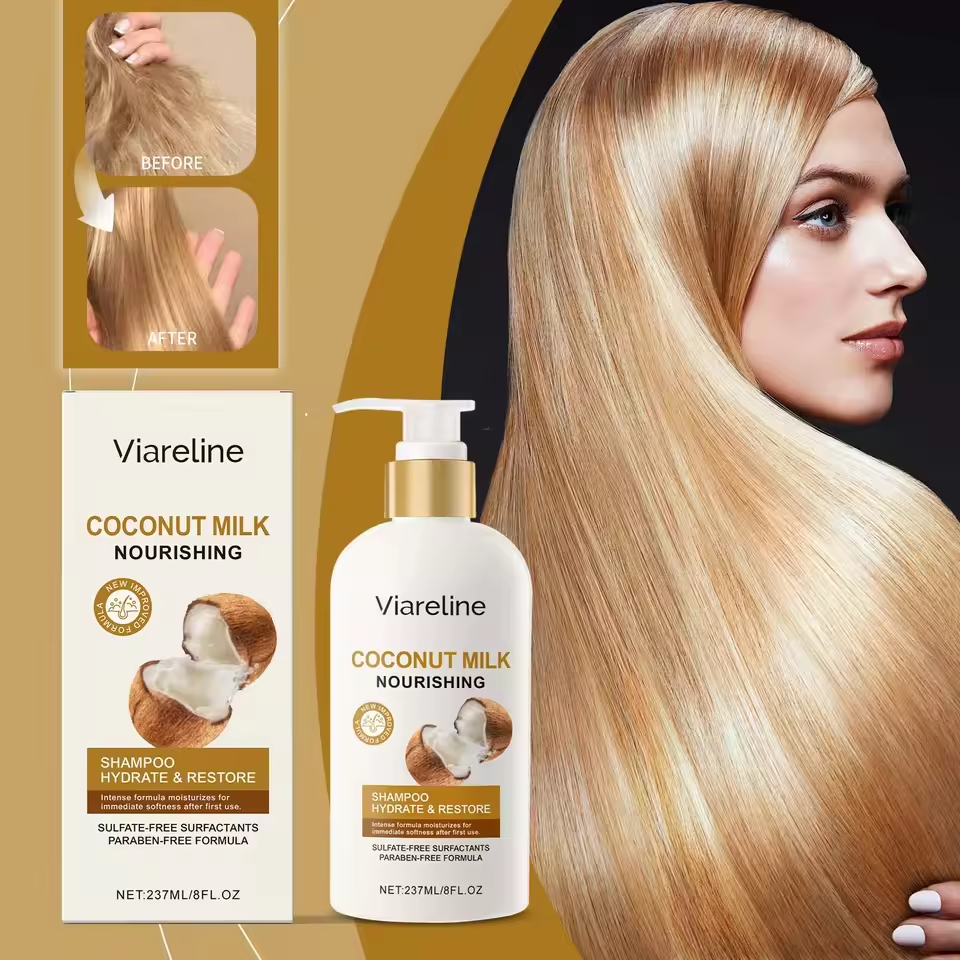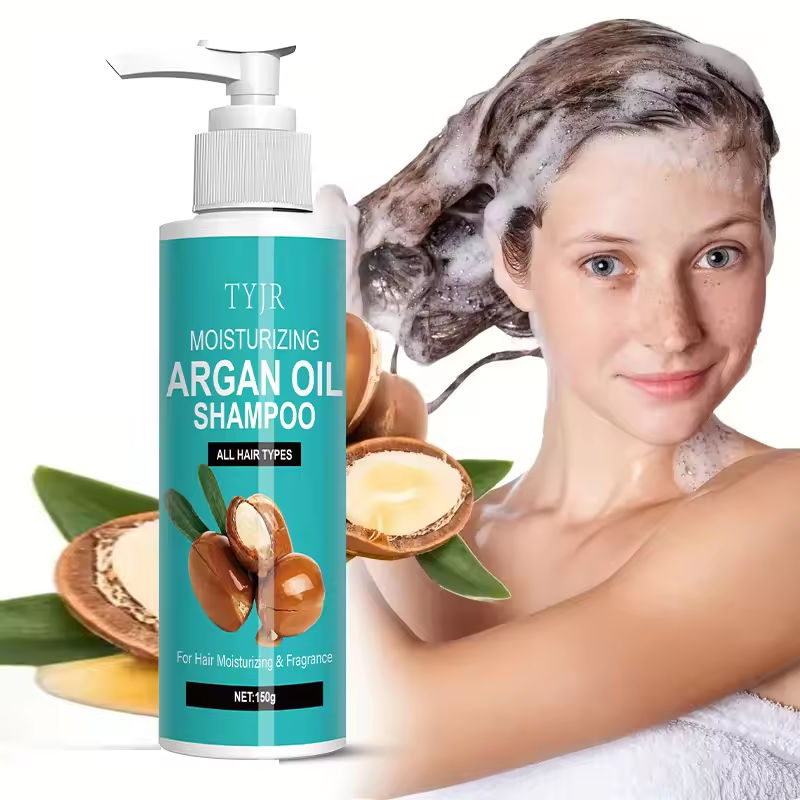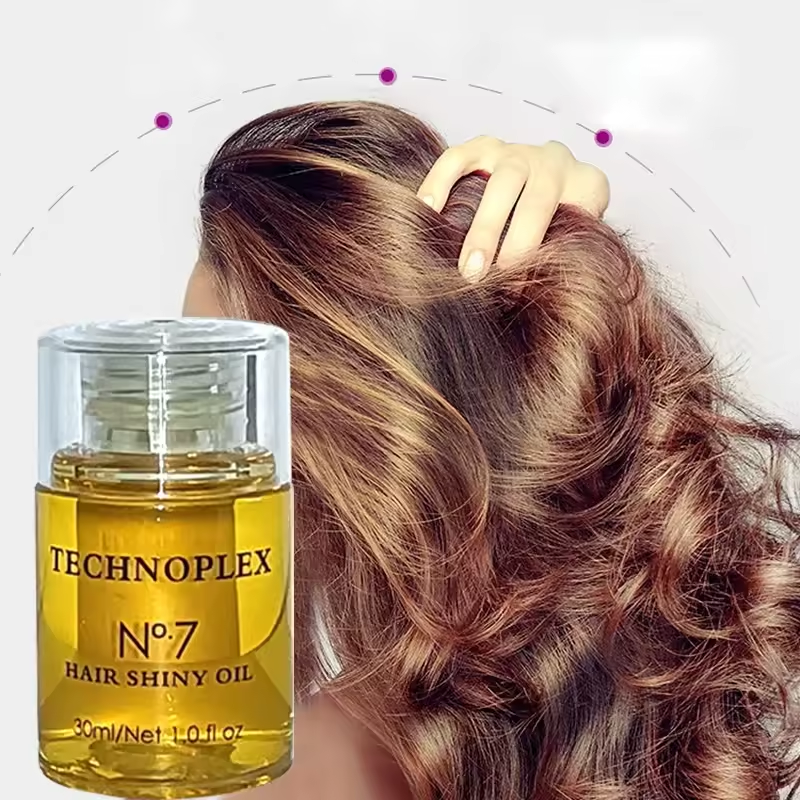Hair dye is a popular way to change your look and express yourself. But can it damage your hair? The answer is yes, but it depends on several factors. This article will explore the science behind hair dye, the different types of dye, and how to minimize damage to your hair.
Understanding Hair Structure
Hair is made up of a tough protein called keratin. The hair strand has three layers:
- The medulla is the inner core and is not affected by hair dye.
- The cortex is the middle layer and contains melanin, which gives hair its natural color.
- The cuticle is the outermost layer and protects the inner layers.
How Hair Dye Works
There are two main types of hair dye: permanent and temporary.
Permanent hair dye works by penetrating the cortex of the hair strand. It lightens the natural pigment with chemicals like bleach and then deposits artificial color.
Temporary hair dye coats the hair cuticle and does not penetrate the hair shaft. It washes out after a few shampoos.
Both types of dye can damage hair, but permanent dye is generally more damaging because it alters the hair’s structure.

Potential Damage from Hair Dye
Hair dye can damage hair in several ways:
Dryness and Brittleness:
The chemicals in hair dye can strip away the hair’s natural oils, making it dry and brittle.
Split Ends:
Dry, brittle hair is more prone to split ends.
Breakage:
Hair that is damaged by dye is more likely to break.
Color Fading:
Hair dye can fade over time, especially if you shampoo your hair frequently or spend a lot of time in the sun.
Minimizing Hair Dye Damage
There are several things you can do to minimize hair dye damage:
- Choose a shade close to your natural hair color. The lighter you go, the more damage the dye will cause.
- Use a good quality hair dye. Higher-quality dyes often contain conditioners that can help to protect your hair.
- Get your hair dyed by a professional. A professional stylist can help you choose the right dye for your hair and apply it correctly.
- Deep condition your hair regularly. Deep conditioning helps to replenish moisture and repair damage.
- Limit heat styling. Heat styling can further damage hair that has been dyed.
- Use a UV protectant spray on your hair. This will help to prevent color fading from sun exposure.
- Trim your hair regularly. Split ends can travel up the hair shaft, so it’s important to trim them off regularly.
Hair dye can be a great way to change your look, but it’s important to be aware of the potential for damage. By following the tips in this article, you can help to minimize damage and keep your hair healthy and looking its best.
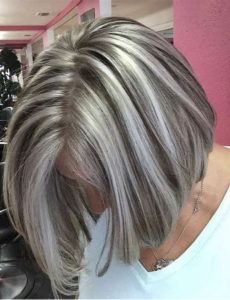
For Less Damaged Hair Color
While all hair dye can cause some stress to hair, there are ways to choose less damaging options and practices:
-
Temporary Dyes and Hair Mascara: Consider temporary colors that coat the hair strand instead of penetrating it. Hair mascara allows for pops of color without commitment.
-
Semi-Permanent Dyes: These deposit color but don’t contain the strong chemicals found in permanent dyes. They fade gradually over time.
-
Natural Hair Dyes: Henna and other plant-based dyes can add color and condition hair. However, results can vary depending on hair type and desired color. Strand tests are recommended beforehand.
Hair Care After Dyeing
-
Deep Conditioning Treatments: Deep conditioners replenish moisture and strengthen hair. Use them regularly, especially after dyeing your hair.
-
Minimize Heat Styling: Heat weakens hair. Let your hair air dry whenever possible and avoid using hot tools like straighteners or curling irons every day.
-
Sun Protection: The sun can fade hair color. Use a leave-in conditioner with SPF or wear a hat when spending time outdoors.
-
Gentle Hair Care: Use a sulfate-free shampoo and conditioner designed for color-treated hair. These products cleanse gently and help hair retain color.
Maintaining Healthy Hair
-
Healthy Diet: Eating a balanced diet rich in fruits, vegetables, and whole grains provides your hair with the nutrients it needs to stay healthy.
-
Stay Hydrated: Drinking plenty of water keeps your hair hydrated and prevents breakage.
-
Regular Trims: Regular trims remove split ends, which can travel up the hair shaft and cause further damage.
By following these tips, you can minimize damage from hair dye and keep your hair looking its best. Remember, healthy hair is happy hair!
Alternatives to Hair Dye
If you’re concerned about potential damage from hair dye, there are several alternatives to consider:
-
Hair Chalks and Sprays: These temporary coloring options allow for a quick and fun way to add a pop of color without lasting commitment.
-
Hair Accessories: Headbands, bandanas, and scarves can add a splash of color to your hairstyle without altering your hair itself.
-
Highlighting with Conditioner: Sun-kissed highlights can be achieved with a lightening conditioner. This is a more subtle approach that doesn’t involve harsh chemicals.
-
Embrace Your Natural Hair Color: Natural hair is beautiful! There are many products available to enhance your natural hair color and texture.
Ultimately, the decision of whether or not to dye your hair is a personal one. By understanding the potential effects of dye and exploring alternatives, you can make an informed choice for your hair health and overall look.
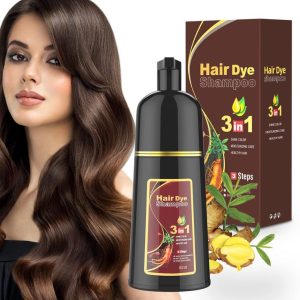
Science Behind Hair Dye
Let’s delve deeper into the science of how hair dye works! Hair color comes from pigment cells called melanocytes that produce melanin. There are two main types of melanin:
- Eumelanin: This pigment creates brown and black shades.
- Pheomelanin: This pigment contributes to red and blonde tones.
Hair dye interacts with these melanocytes to achieve the desired color. Here’s a breakdown of the two main dye types:
-
Permanent Dyes: These use chemicals like ammonia and peroxide to open the hair shaft. Peroxide lightens natural pigment, while ammonia allows artificial color to deposit deep within the hair.
-
Temporary Dyes: These gentler options coat the hair strand without penetrating the cortex. They typically last a few shampoos and don’t contain the strong chemicals found in permanent dyes.

